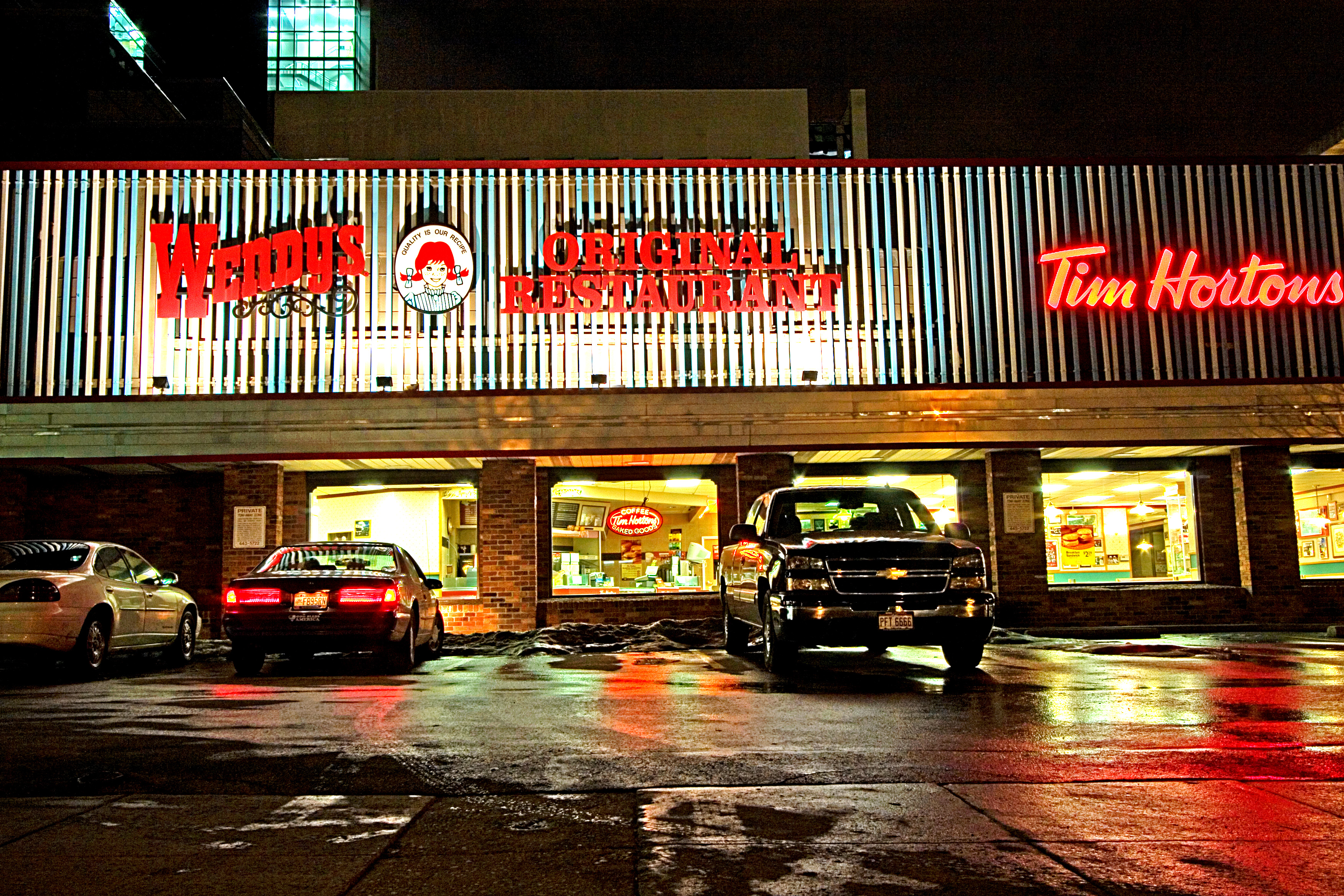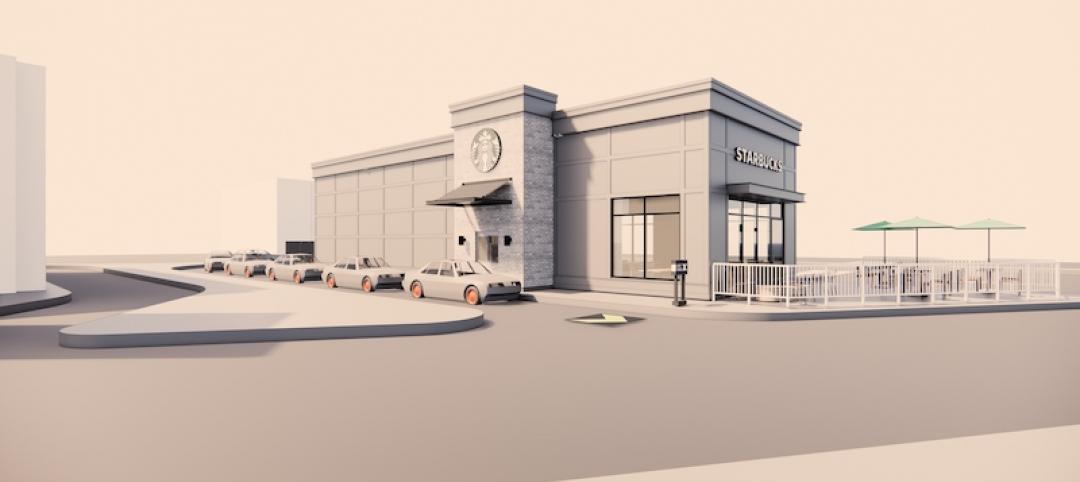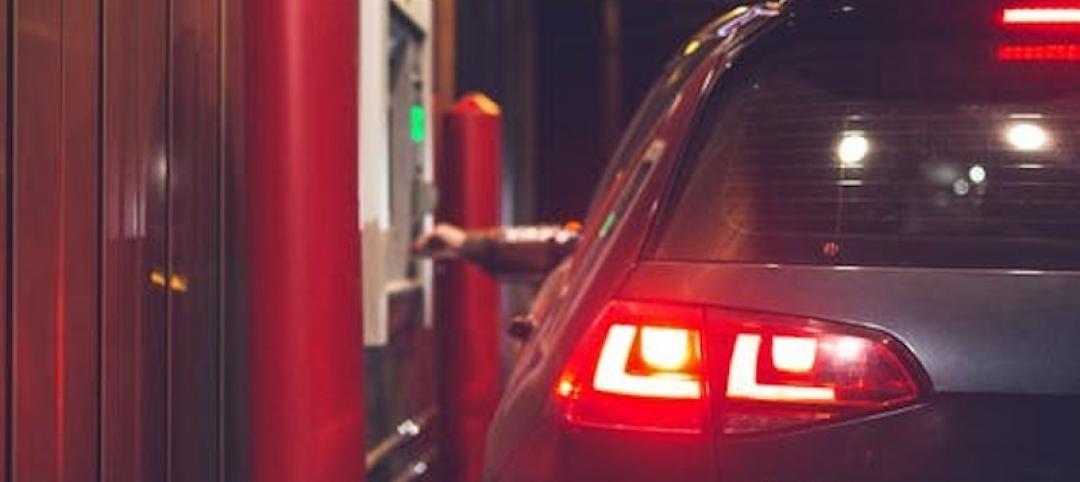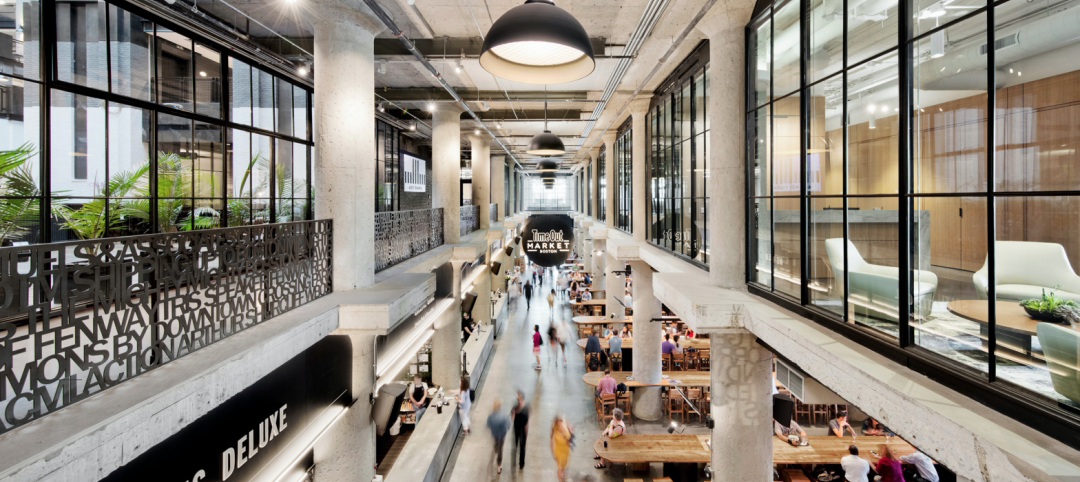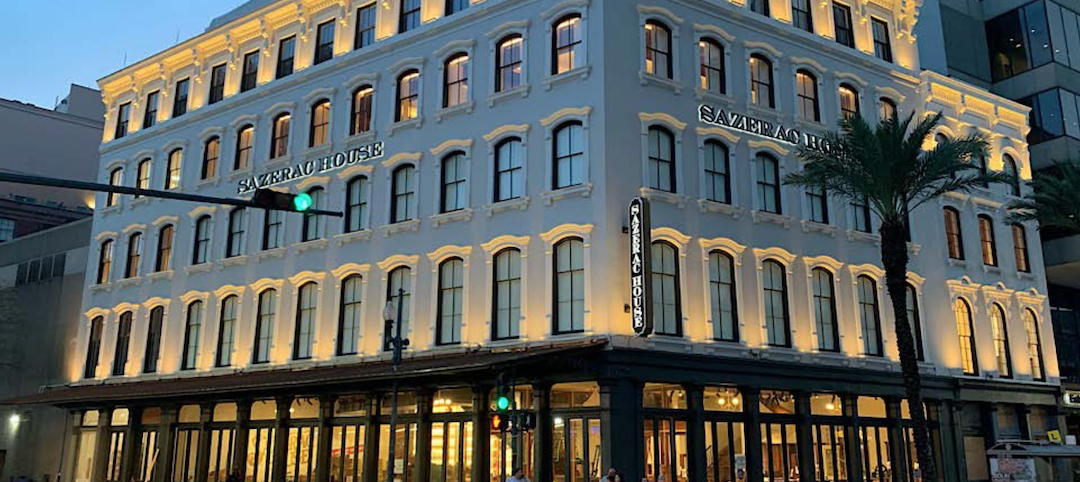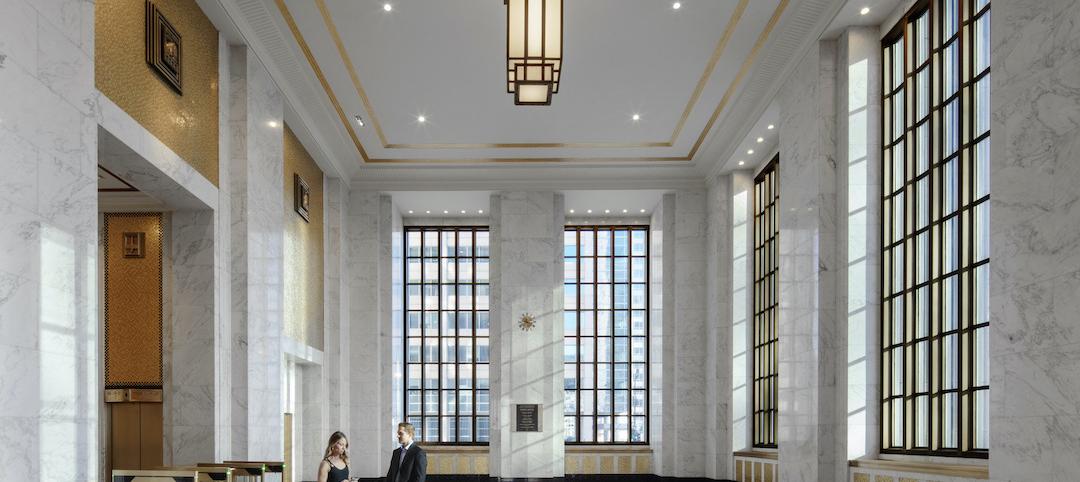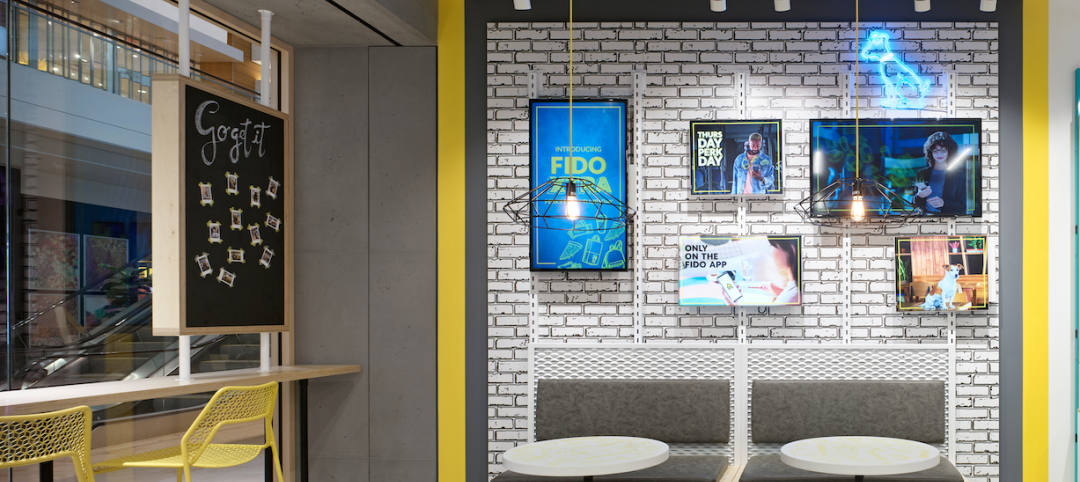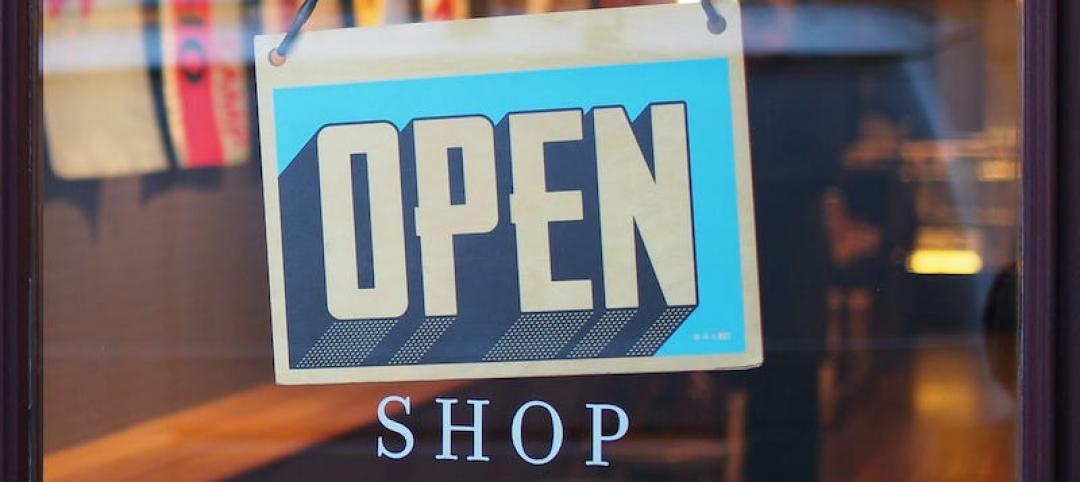There is a new secret sauce at quick service restaurants (QSRs), but according to JLL research, you won’t find it in the food. The fight for market share has led Wendy’s, Chick-fil-A, and other QSRs to adapt new development strategies to compete with fast-casual restaurants that are threatening fast food’s traditional heavyweights.
“Everyone is trying to figure out who their customer is and what they can do to put themselves in a better position than their competitors,” said Steve Jones, Managing Director for JLL Retail Multi-site. “The customer is much more knowledgeable now than in the past. We have access to more intelligence and data, so it’s more important than ever that these restaurants know themselves, their brand and who their customer really is.”
“The traditional QSR dining experience encourages customers to get their food, eat, and leave. At Wendy’s, we’re changing that standard by making the environment in our dining rooms more inviting and comfortable.” —Bruce Allendorfer, Regional Director of Construction, Wendy’s
According to the JLL research, the millennial consumer base is becoming increasingly vital to QSRs. This consumer pool accounts for approximately 23% of annual restaurant spending—about 46 billion visits annually. With those visits come new expectations for atmosphere and fresh ingredients, which requires QSRs to invest in their facilities, brand experience, and technology, across both existing restaurants and new locations.
Fast-casual restaurants are slightly more expensive than QSR options, but offer customizable, health-conscious options offered in a hip environment that appeals to millennials. With this in mind, Wendy’s is evolving its customer experience to match the changing consumer landscape.
“The traditional QSR dining experience encourages customers to get their food, eat, and leave. At Wendy’s, we’re changing that standard by making the environment in our dining rooms more inviting and comfortable,” said Bruce Allendorfer, Regional Director of Construction for Wendy’s. “Customers stay longer and can make an event out of their visit.”
JLL worked with Wendy’s to implement its “image activation.” The new strategy started with store rebrands for the Ohio-based restaurant chain, which includes adding fireplaces, new seating options with lounge chairs and booths, Wi-Fi, flat-screen televisions, and digital menu boards. The goal wasn’t just to drive sales but to compete with the environments offered by Wendy’s fast-casual peers.
“Our customers are reacting positively to the re-imaging of Wendy’s. Sales are up and, more importantly, there are positive customer counts as well,” Allendorfer said. “Wendy’s is providing a quality experience for our customers in both the drive-through and the dining room.”
3 RETAIL DESIGN TACTICS FOR GROWING MARKET SHARE
The opportunity for QSRs is great. With a focus on three key areas, these restaurants can combat threats to their market share:
Rapid renovation: Reworking existing space to better serve high consumer expectations can change the entire experience of a restaurant. Changing the interior build out of the restaurants, remolding the ordering space, and re-creating the menu are all physical ways to make a QSR more competitive. Another more complex method is to create a franchising model to meet local market demand.
Technology: Technology enhancements go a long way to personalizing the consumer experience. For example, drive-through experiences can be upgraded by replacing the metal speaker box with a high-definition video communication platform, as done recently by a global coffee chain. GPS and beacon technologies offer incredible potential for creating new digital experiences for consumers, as well.
Facility Branding: Implementing a brand refresh can alter previous impressions and introduce a whole new demographic to a company. On average, organizations refresh their corporate brands once every seven to 10 years, but QSRs are doing so even more frequently.
Renovation, rebranding, and redevelopment come with their own challenges for QSRs. In 2013, sales for fast-casual chains grew by 11%, while QSRs have maintained revenue growth at about 1.2% annually because of flattening sales and an increase in the cost to produce. Efficiency has proved necessary for chains like Chick-fil-A, who see development projects balloon during expansion and renovation.
“The biggest challenge that Chick-fil-A was facing was a large increase in the number of projects we needed to manage within the reinvestment portfolio,” said John Mark Wood, a Program Manager from Chick-fil-A. “The budget went from approximately $30 million to $100 million in a span of one and a half to two years.”
Chick-fil-A worked with JLL to manage its reinvestment program. By adapting new development strategies like these, QSRs can stay diversified and contend with their fast-casual counterparts.
To download JLL’s special report on the state of the restaurant industry, visit here.
Related Stories
Sustainability | Mar 9, 2021
First-of-its-kind Starbucks built in just six days
The store is set to open in Canada in mid-March.
Retail Centers | Mar 2, 2021
Retail expectations vs reality in 2021
The reality of retail success in 2021 is proving to be based on a formula of mixing digital with the physical in pursuit of convenience.
Market Data | Feb 24, 2021
2021 won’t be a growth year for construction spending, says latest JLL forecast
Predicts second-half improvement toward normalization next year.
Healthcare Facilities | Feb 18, 2021
The Weekly show, Feb 18, 2021: What patients want from healthcare facilities, and Post-COVID retail trends
This week on The Weekly show, BD+C editors speak with AEC industry leaders from JLL and Landini Associates about what patients want from healthcare facilities, based on JLL's recent survey of 4,015 patients, and making online sales work for a retail sector recovery.
Reconstruction Awards | Jan 30, 2021
Repositioning of historic Sears Roebuck warehouse enlivens Boston’s Fenway neighborhood
Developer Samuels & Associates asked Elkus Manfredi Architects to reimagine the former Sears Roebuck & Co. warehouse in Boston’s Fenway neighborhood as a dynamic mixed-use destination that complements the high-energy Fenway neighborhood while honoring the building’s historical significance.
Reconstruction Awards | Dec 29, 2020
The reenvisioned Sazerac House: A delectable cocktail that's just perfect for the Big Easy
The 51,987-sf Sazerac House is an interactive cocktail museum, active distillery, corporate headquarters, and event venue, all under one roof, next to the historic French Quarter of New Orleans.
Giants 400 | Dec 16, 2020
Download a PDF of all 2020 Giants 400 Rankings
This 70-page PDF features AEC firm rankings across 51 building sectors, disciplines, and specialty services.
Giants 400 | Dec 2, 2020
2020 Retail Giants: Top architecture, engineering, and construction firms in the U.S. retail building sector
Gensler, Jacobs, and PCL Construction top BD+C's rankings of the nation's largest retail sector architecture, engineering, and construction firms, as reported in the 2020 Giants 400 Report.
Retail Centers | Nov 17, 2020
The coming automation of retail brick and mortar
The demise of retail brick and mortar is overstated and unwarranted - we see digital transformation offering brick and mortar a path forward for the physical store.


